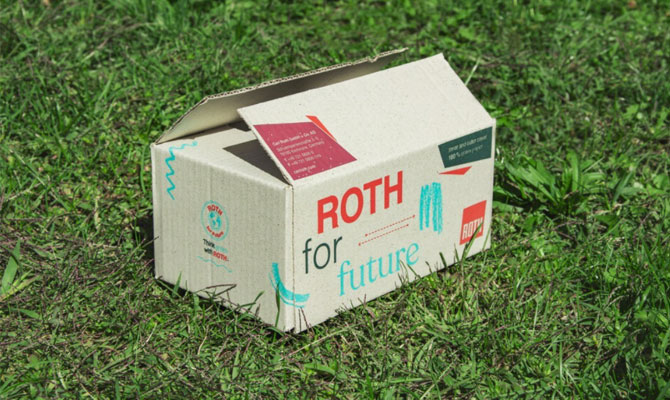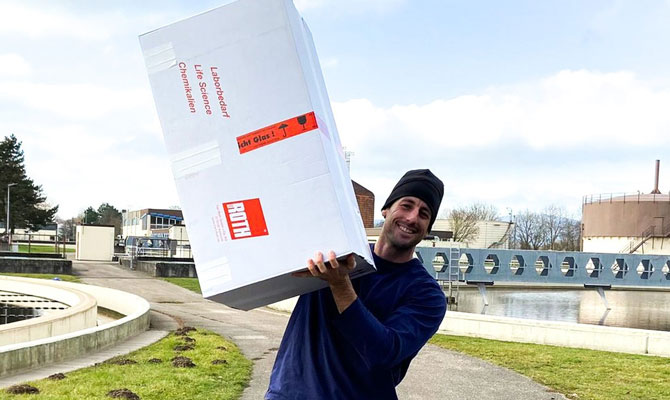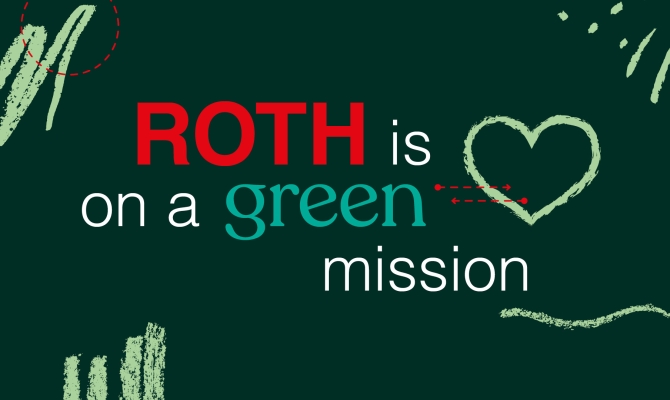
Sustainable film? It’s a wrap!
Wrapping film in our facilities
Our employees not only do their job very well, they are incredibly innovative, too. They have come up with some amazing ideas, particularly when it comes to sustainability. We would like to tell you about one of them here. What does it involve? Wrapping film! In other words, the film that is wrapped around packages on a pallet so they can be loaded onto HGVs for transportation. It’s not just about the film itself, but an optimised winding technique too. Read on to find out how we are expecting to cut the amount of wrapping film we need by 4.8 tonnes per year.
Gripping – in the most literal sense of the word
Why do we even need wrapping film in the first place? It reliably protects our packages from dust, dirt and moisture. The film is wrapped tightly, creating tension that protects everything under it while gripping the individual layers in place.
We would like to mention a few figures here: 6,735.5 kilos and 1,903 kilos.
We want to be as transparent as the wrapping film itself – the first number is the weight of the wrapping film that we used last year. We calculated it like this: we used 385 rolls, and each weighs 17.5 kilograms. Next year, we are expecting to use only 110 rolls weighing 17.3 kilograms each, which is how we came by the second figure mentioned above.
You might be wondering whether we are planning to do less packing or to sell less. The answer is no! We are definitely not planning to do that, in fact quite the opposite. But we are using a new wrapping film. Its special quality is that it is thinner and lighter, but still stable and tearproof, and it keeps the pallets securely in place. Plus, the new film is a stretch film with improved elasticity. It grips everything very tightly so that nothing slips, but at the same time less film is needed.
The new wrapping method, which our employees came up with, is also contributing to sustainability: mixed pallets are wrapped minimally with film and wrapping is only used where essential, but always ensuring that the load is fully secured.
Of course, there are rules for securing loads, as the goods could slip and be damaged if mistakes are made when the film is stretched round. The elastic deformation of a package must be less than 10 percent, for example, and permanent deformation must be less than 5 percent. Needless to say, all employees at Carl Roth are fully aware of these rules and all our other policies.
To sum up: the new wrapping technique and film are expected to save 4.8 tonnes – almost 72% – of film overall, which is quite impressive! We are delighted that this brilliant suggestion for avoiding waste came from among our own ranks. Sincere thanks from Carl Roth, and the environment too!





